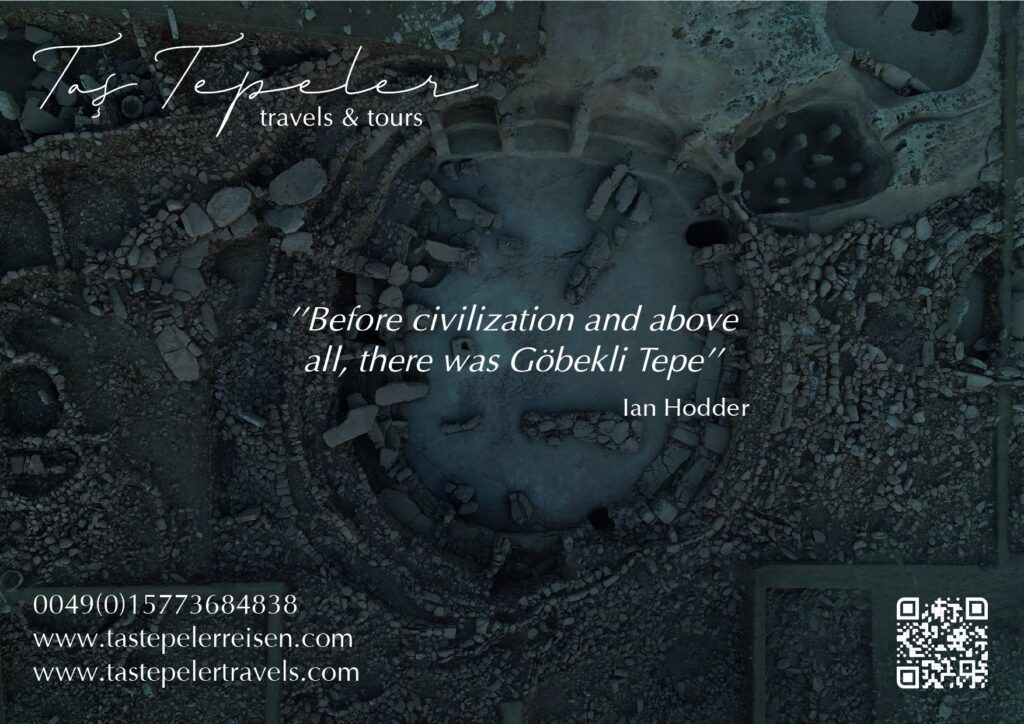
A significant number of symbolic compositions from Neolithic Anatolia display a remarkably similar arrangement. Whether it is a female figure, an animal or a geometric sign (X, H), the central element is often depicted reach- ing out to two isomorphic symbols, respectively, with limbs, horns or lines/triangles. This general pattern, or part of it, appears to be much too common and deliberate to be random. Some thirty years ago, an original ‘archaeo-ethnological’ approach has allowed Jean-Daniel Forest to attempt a convincing decipherment of this type of depictions uncovered at the site of Çatalhöyük. To this author, the two side elements symbolize the subgroups of the community, or lineages, permanently exchanging sexual mates, while the central one stands for the capacity of regeneration or for its result, the society.


